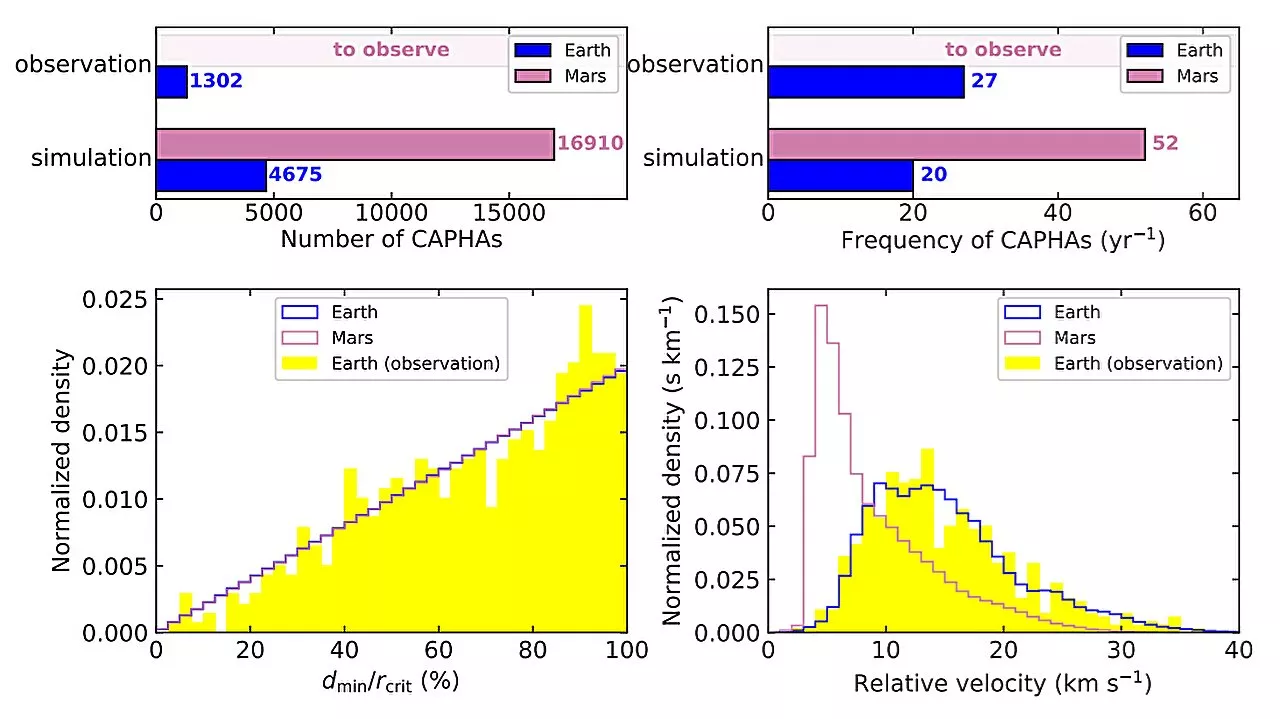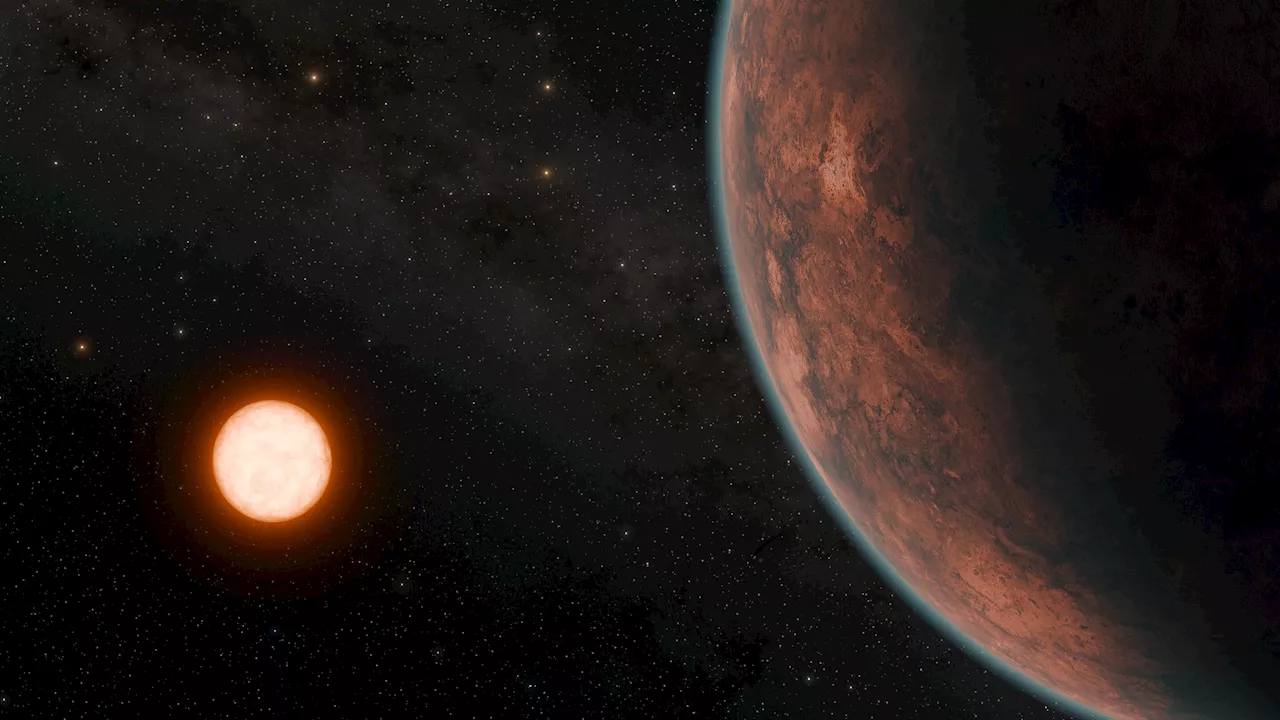Astronomers have made the rare and tantalizing discovery of an Earth-like exoplanet 40 light-years away that may be just a little warmer than our own world. The potentially-habitable planet, named Gliese 12 b, orbits its host star every 12.
8 days, is comparable in size to Venus -- so slightly smaller than Earth -- and has an estimated surface temperature of 42 C , which is lower than most of the 5,000-odd exoplanets confirmed so far. That is assuming it has no atmosphere, however, which is the crucial next step to establishing if it is habitable.
It may have an Earth-like atmosphere, one more akin to Venus -- which experienced a runaway greenhouse effect that made it a 400°C hellhole -- no atmosphere, or perhaps a different kind of atmosphere not found in our solar system. The closest Earth-like exoplanet to us -- and possibly the most famous -- is Proxima Centauri b, which is only 4 light-years away. However, because it is not a transiting world we still have a lot to learn about it, including whether it has an atmosphere and the potential to harbour life.
The discovery of the 'exo-Venus', by two international teams of astronomers, has been published today in theIt orbits a cool red dwarf star called Gliese 12, which is almost 40 light-years away from Earth in the constellation Pisces. However, the distance separating Gliese 12 and the new planet is just 7 per cent of the distance between Earth and the Sun. Gliese 12 b therefore receives 1.6 times more energy from its star as Earth does from the Sun and about 85 per cent of what Venus experiences.
Palethorpe added:"It is thought that Earth's and Venus's first atmospheres were stripped away and then replenished by volcanic outgassing and bombardments from residual material in the solar system. "Although we don't yet know whether it possesses an atmosphere, we've been thinking of it as an exo-Venus, with similar size and energy received from its star as our planetary neighbour in the solar system."
Astronomy Stars Venus Solar System Asteroids Comets And Meteors Pluto Sun
United Kingdom Latest News, United Kingdom Headlines
Similar News:You can also read news stories similar to this one that we have collected from other news sources.
 Astronomers determine Mars may face more potentially hazardous asteroids than EarthA team of astronomers at Nanjing University has found evidence that Mars likely has more potentially hazardous asteroids in its path than Earth.
Astronomers determine Mars may face more potentially hazardous asteroids than EarthA team of astronomers at Nanjing University has found evidence that Mars likely has more potentially hazardous asteroids in its path than Earth.
Read more »
 “Exo-Venus” Discovered: A Potentially Habitable World Just 40 Light-Years From EarthScience, Space and Technology News 2024
“Exo-Venus” Discovered: A Potentially Habitable World Just 40 Light-Years From EarthScience, Space and Technology News 2024
Read more »
 Potentially habitable 'exo-Venus' with Earth-like temperature discoveredAstronomers have made the rare and tantalizing discovery of an Earth-like exoplanet 40 light-years away that may be just a little warmer than our own world. The new paper 'Gliese 12 b, A Temperate Earth-sized Planet at 12 Parsecs Discovered with TESS and CHEOPS,' has been published in the Monthly Notices of the Royal Astronomical Society.
Potentially habitable 'exo-Venus' with Earth-like temperature discoveredAstronomers have made the rare and tantalizing discovery of an Earth-like exoplanet 40 light-years away that may be just a little warmer than our own world. The new paper 'Gliese 12 b, A Temperate Earth-sized Planet at 12 Parsecs Discovered with TESS and CHEOPS,' has been published in the Monthly Notices of the Royal Astronomical Society.
Read more »
 Astronomers Discover Nearby Earth-Sized Planet With No AtmosphereScience, Space and Technology News 2024
Astronomers Discover Nearby Earth-Sized Planet With No AtmosphereScience, Space and Technology News 2024
Read more »
 Astronomers discover new Earth-sized world orbiting an ultra-cool starAn international team of astronomers has detected a new, Earth-sized planet just 55 light years away, orbiting an ultra-cool red dwarf star.
Astronomers discover new Earth-sized world orbiting an ultra-cool starAn international team of astronomers has detected a new, Earth-sized planet just 55 light years away, orbiting an ultra-cool red dwarf star.
Read more »
 Astronomers detect Earth-sized exoplanet orbiting ultracool dwarf starThis new Earth-sized planet orbits its star in just 17 hours. Moreover, it is also most likely tidally locked, as per the astronomers.
Astronomers detect Earth-sized exoplanet orbiting ultracool dwarf starThis new Earth-sized planet orbits its star in just 17 hours. Moreover, it is also most likely tidally locked, as per the astronomers.
Read more »
